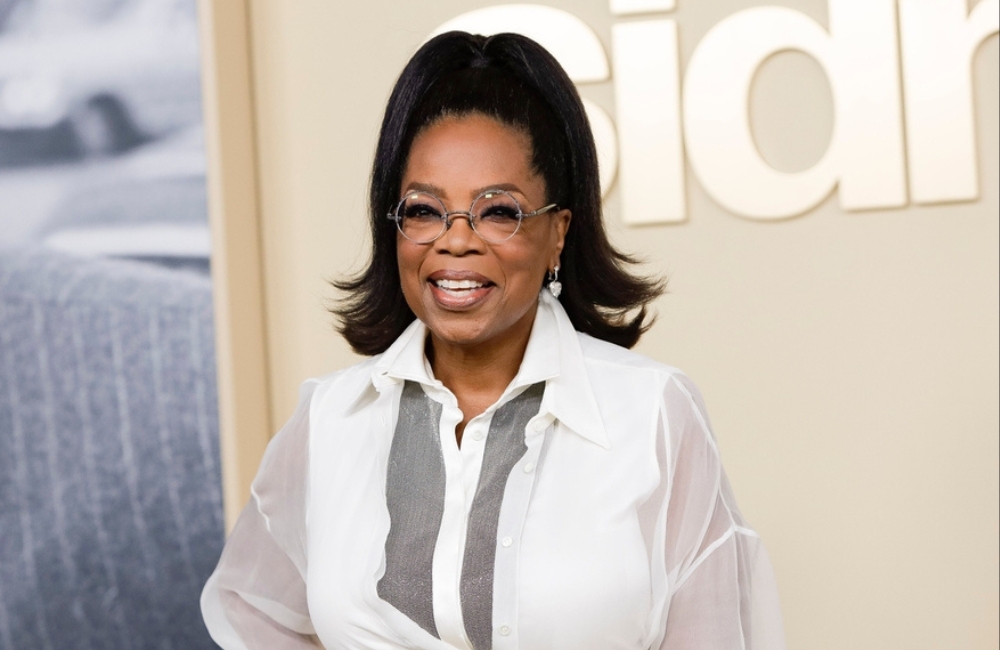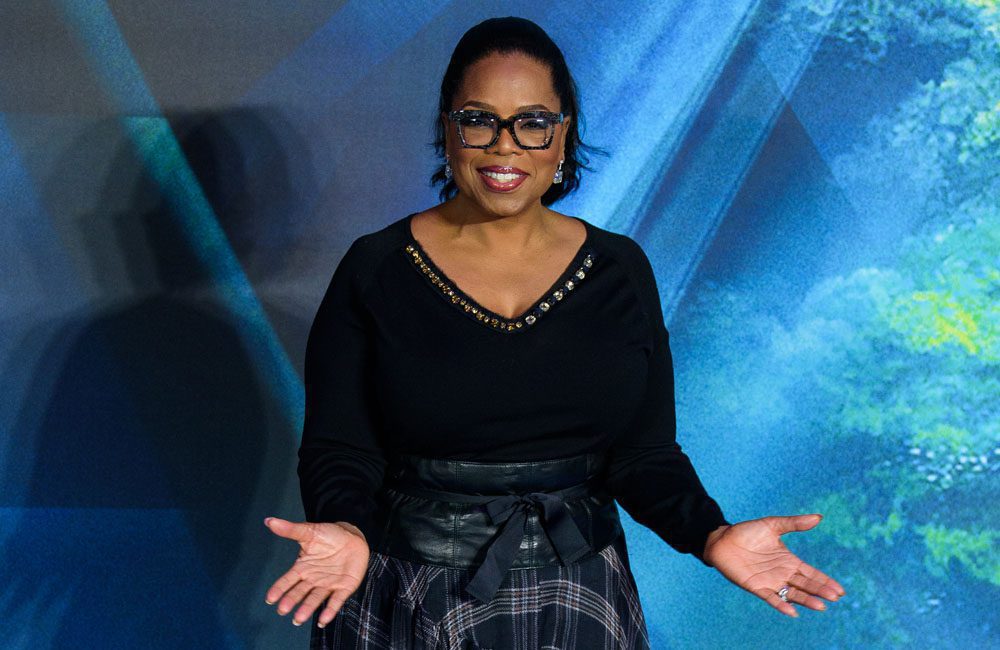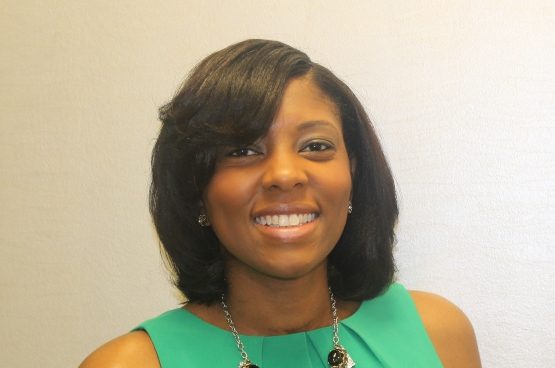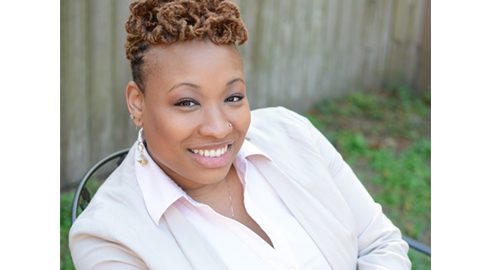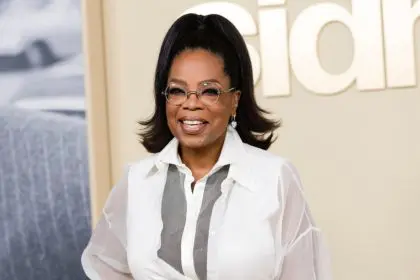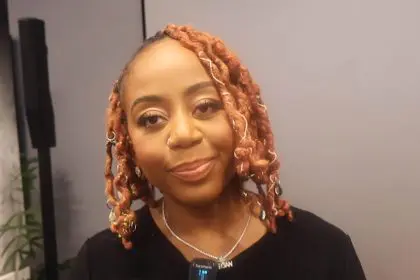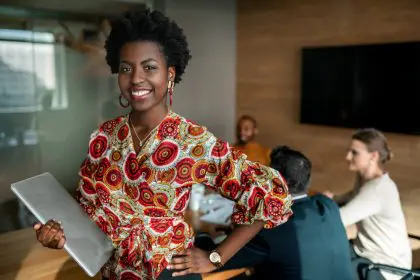When a Baltimore TV station demoted Oprah Winfrey from her anchor position in 1977, calling her “unfit for television news,” she didn’t view it as a career-ending verdict. Instead, the future media mogul saw an opportunity to pivot, eventually leading to her revolutionary talk show and multibillion-dollar media empire. This distinctive approach to perceived failures has become a hallmark of extraordinary achievers, from Olympic sensations like Katie Ledecky and Simone Biles to countless others who’ve transformed setbacks into stepping stones.
Breaking down the science of adaptable thinking
Stanford psychologist Carol Dweck has devoted decades to understanding why some individuals consistently push beyond their perceived limitations while others plateau early in their journey. Her research introduces a fascinating concept that explains how our beliefs about our abilities shape our entire approach to life’s challenges.
Through extensive studies, Dweck discovered that people generally fall into two distinct camps regarding their beliefs about personal capability. The first group views their abilities as expandable territories, constantly seeking new horizons to explore. The second group perceives their talents as fixed properties, carefully guarding these predetermined boundaries.
How champions process setbacks differently
Consider how Oprah Winfrey transformed early career setbacks into stepping stones toward building a media empire. Rather than accepting initial failures as definitive statements about her capabilities, she approached each challenge as an opportunity to refine her craft. This mindset isn’t unique to Winfrey – it’s a common thread among those who achieve remarkable success in their fields.
This perspective shift manifests in subtle but significant ways. When faced with obstacles, those who embrace adaptable thinking often add a crucial word to their vocabulary: “yet.” Instead of concluding “I’m not good at public speaking,” they think “I’m not good at public speaking yet.” This tiny linguistic adjustment opens up vast possibilities for growth and improvement.
The fascinating connection between mindset and aging
Recent neuroscience research brings encouraging news about our brain’s adaptability throughout life. Studies involving older adults reveal that those who maintain flexible beliefs about their abilities experience enhanced cognitive function as they age. This finding challenges traditional assumptions about cognitive decline being an inevitable part of aging.
Relationships and the role of mental flexibility
The impact of adaptable thinking extends beyond individual achievement into the realm of personal relationships. Couples who approach their partnerships with the belief that relationships require continuous learning and growth often report higher satisfaction levels and better conflict resolution skills.
Inside the transformation process
Shifting from rigid to flexible thinking patterns requires deliberate practice and patience. The process begins with awareness – noticing moments when self-limiting beliefs arise. These instances often emerge during challenging situations or when attempting something new.
The next crucial step involves replacing harsh self-judgment with genuine curiosity. Instead of berating yourself for mistakes, approach them with questions: What can this experience teach me? How might I approach this differently next time?
Understanding your core motivations plays a vital role in maintaining momentum through challenges. When you’re deeply connected to the purpose behind your goals, setbacks become temporary obstacles rather than permanent roadblocks.
The ripple effect of surrounding influences
The people around us significantly influence our thought patterns and beliefs about capability. Spending time with individuals who embrace continuous learning and view challenges optimistically can naturally shift our own perspective. This environmental factor explains why many successful individuals credit their achievement partially to the influence of mentors and peers who believed in their potential.
Embracing the wonder of discovery
One often-overlooked aspect of developing flexible thinking involves reconnecting with childlike curiosity. Young children naturally approach new experiences with openness and enthusiasm, unburdened by fears of judgment or failure. This pure approach to learning offers valuable lessons for adults seeking to expand their capabilities.
The brain science supporting growth
Neuroscience provides compelling evidence for our brain‘s remarkable adaptability. The concept of neuroplasticity – our brain’s ability to form new neural connections throughout life – offers scientific backing for the benefits of maintaining flexible beliefs about personal capability. This biological capacity for continuous learning supports the idea that our abilities aren’t fixed at birth but can be developed through dedicated practice and learning.
Looking forward
The journey toward more adaptable thinking isn’t about achieving perfection or never experiencing self-doubt. Instead, it’s about developing a more nuanced understanding of human capability and potential. This perspective acknowledges that mastery in any field requires time, effort, and willingness to learn from mistakes.
The stories of achievers like Ledecky, Biles, and Winfrey remind us that extraordinary success often stems not from innate superiority but from a persistent belief in the possibility of improvement. Their examples demonstrate that with dedication and the right mindset, significant personal growth remains possible at any stage of life.
As research continues to uncover the connections between our beliefs and our capabilities, one thing becomes increasingly clear: our potential for growth and achievement extends far beyond what we might initially imagine. By cultivating more flexible beliefs about our abilities, we open ourselves to possibilities that might otherwise remain unexplored.

